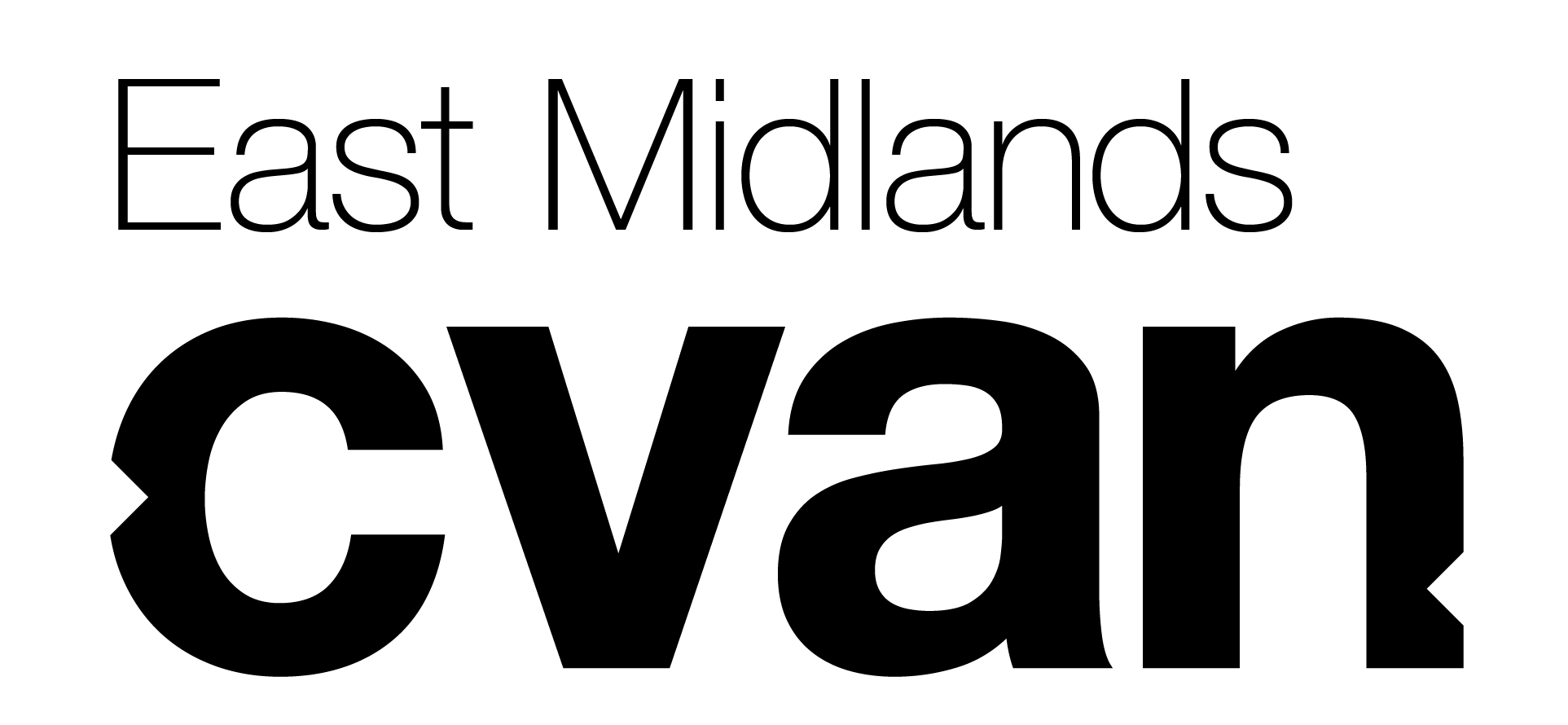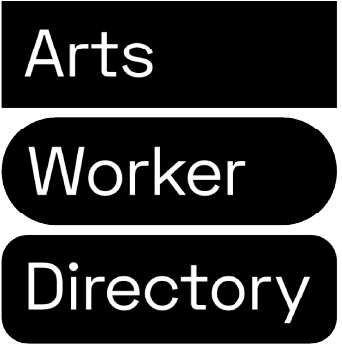Emer Grant is a Curator, Producer, and Researcher who completed her Masters in Curatorial Studies at CCS Bard College (USA), MA History of Art at the University of York (UK), and her BFA in Critical Fine Art Practice at the University of Brighton. Over the course of more than fifteen years working across the museum and gallery sector, she has contributed to many exhibition projects in curatorial, production and editorial roles. She is the CEO & AD of NN Contemporary in Northampton and an Associate Curator for Left Gallery in Berlin. In 2017 Emer was a Fellow for The Recalibrated Institution Fellowship (Miami) and Curator at Art Center South Florida (now Oolite Arts) where she curated the E-State Realisms exhibition. Prior to this she was an Associate Curator of the 2014 Sonorities Festival (Belfast) and the Project Curator at Void (Derry). She has curated shows and programming for various institutions including the Hessel Museum (NY), P! Gallery (NY), ISCP (NY), Void Gallery (NI), Pollinaria (IT), Yeah Maybe (MN), PHL (DE) and The Grand Parade Gallery (UK). She was visiting Curator at Bard College MFA, the University of Minnesota Studio Arts BFA and Visiting Critic for Florida International University’s Architecture BFA programme. Emer was the Editor of Accessions.org between 2016-2018 and has written for various publications including, Nero, Electronic Beats, The Editorial, The Miami Rail and Rhizome. She was a Fellow selected for the ICI (Independent Curators International) 2013 intensive and has consulted for various organisations on Digital Arts and interdisciplinary strategies for public space.

How did you come to curating?
I studied on the Critical Fine Art Practice Course at Brighton, at the time it pushed artists to think about the wider contexts of situating practise through a rigorous theoretical component. Resultantly I got into curating as artistic practice and curated the degree show of all the students for my final project. Alongside thematically organising the placement of works, designing the mediation and editing the catalogue, I created a giant mock-up of the exhibition site as a wargames table. I was thinking of the exhibition as a unique context to be authored, but I still wasn’t sure I wanted to be a Curator, not an artist. I then worked for many galleries, magazines and artists, across different roles, ranging between comms and production. I knew I wanted to be on the production side of the exhibition more, but just not quite sure exactly, or I was maybe in some kind of denial because I didn’t want to give up on the artistic aspect. I applied for the CCS Bard course in Upstate New York and was accepted. Going there helped to develop both a practical, accredited and personalised approach to the role, how to practice both independently and within institutions and it helped me resolve what it means to be a Curator.
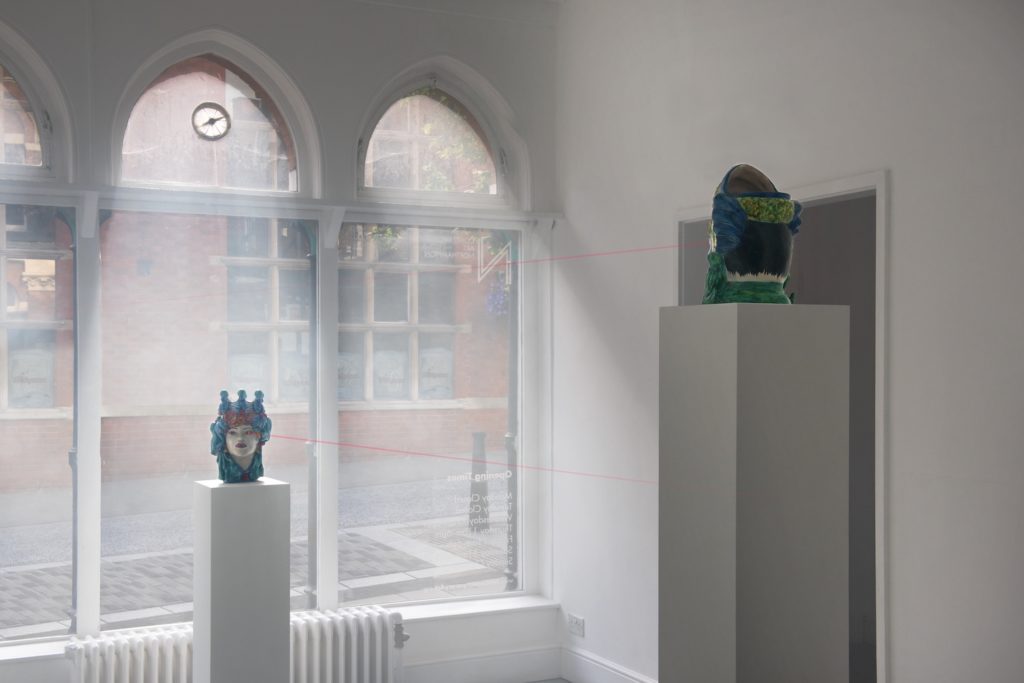
What’s happening behind the scenes at the moment at your venue?
Too much! well, a lot right now as we are getting ready to move to a new site in Autumn, so there is a lot of organisation and administration across the move. I joined the organisation at the end of last year and have been in the process of directing this huge change. We are excited as it is an opportunity to rethink, rebrand and remodel the Contemporary Art institution. There are much larger changes across the county and behind the scenes, we are ensuring Contemporary Art is in dialogue with these larger shifting agendas. To address these changes we restructured our staff organisation creating a new role of Education and Engagement Curator, alongside plans to increase our studio capacity. We have several new board members and of a wonderful new team of volunteers, who are piloting our ‘NN Ambassador Scheme’. I’m working on developing our digital offer and thinking about how, as an organisation, we can merge some of the new digital architectures we all experience as part of the public life, into a critical spatial formation for experiencing contemporary art.
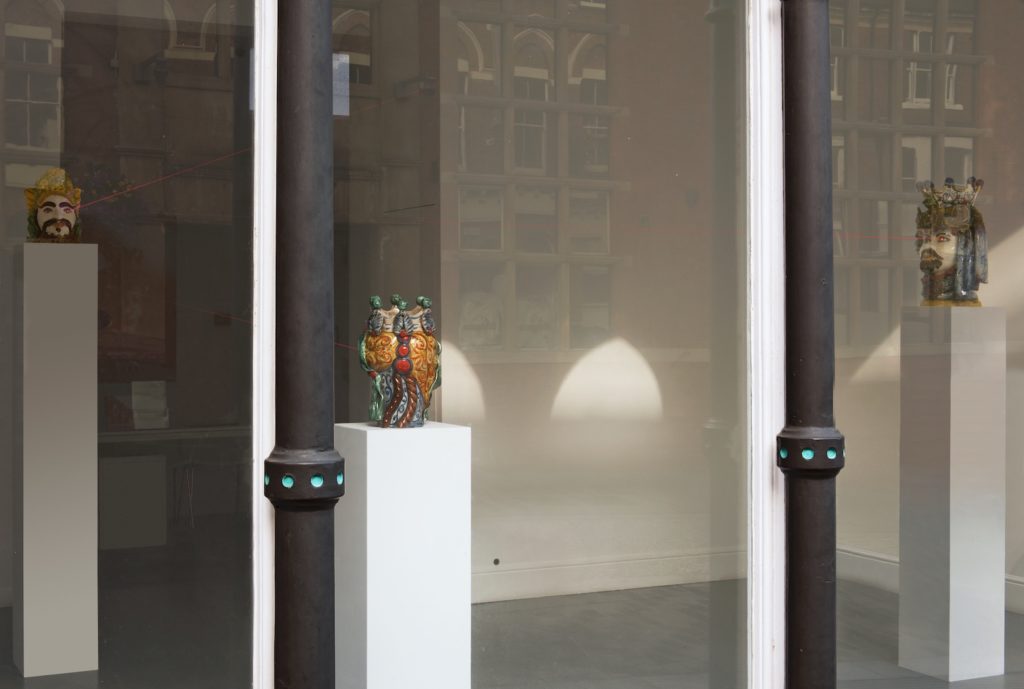
Who are the artists and/or partners that you’re working with at the moment?
I’m working across lots of different partners, but at the moment I just finished curating a project for Left Gallery at Stroom Den Haag in the Hague. I am also working closely with Heather Morrison of Studio Morrison to develop a survivalist programme for our creative communities, to navigate the forthcoming change of premises. We are both sci-fi fans that spend a lot of time thinking about prepper and apocalyptic frameworks of impending doom as a way to get creative. I had a great meeting with the amazing Curator and writer Jeppe Ulevig recently, where we spoke in-depth about fashion as philosophy, and trend as an algorithmic architecture. I love how Northampton is a place able to host these conversations with a specific context (and history) to situate these contemporary ideas.

Tell us about your current exhibition or upcoming exhibition or project.
Ivernomuto are our present artists, they are the brilliant Italian duo Simone Trabucci & Simone Bertuzzi. I came across their work at the MAC (Belfast) International show. I was blown away by their film installation ‘Vers d’Europa deserta terra Incognita’ made in dialogue with the French Hip Hop Act PNL. I invited them to show at NN Contemporary and it developed into our current exhibition which is their first solo show in the UK. They visited Northampton and we thought the gallery’s timely rethink and the peripherical regionality of Northampton as being similar to their own home town in Northern Italy. We thougt NN was an ideal setting for an installation of their ‘Black Med’ project. ‘Black Med’ traces sound though migration and mythologies throughout Europe. It takes up various sculptural, video and audio formations. We hosted the Black Med performance lecture on the opening night of the exhibition. They are also presenting the t-med100 sculptures (traditional Sicilian Moorhead basil pots with Terminator laser eyes). There are so many contextual, site-specific and global layers to this project. It runs until the end of August, and I can thoroughly recommend taking the opportunity to see the show and visit Northampton.
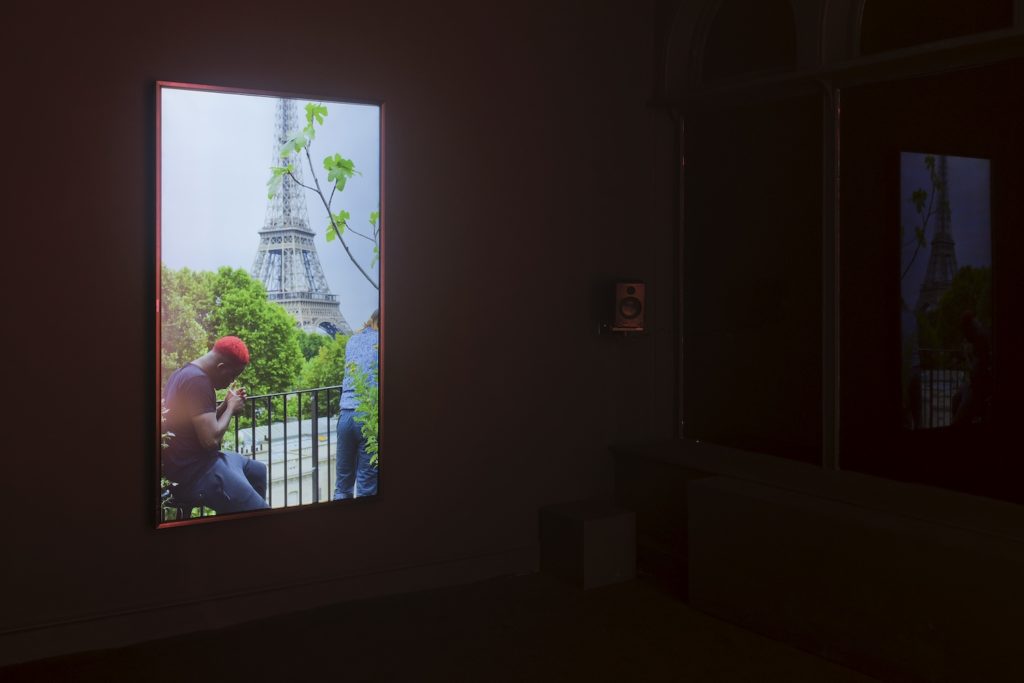
How do you select the artists you work with?
I have a history of working with artists that are engaging critically with tech and new media. I’ve worked with artists like Simon Denny, Metahaven, The GALA Committee, Harm den Dorpel, Felice Grodin, Nicolas Lobo etc in the past. Although that’s a pretty wide field, and there’s no set agenda per se. I’m interested in experiencing a glimpse of global superstructures and architectures that contribute to discourse on globalisation from the perspective of Contemporary Art. But also from the macro to the micro; thinking through individual, marginalised and queer, creative strategies. I think politically as a Curator I have a responsibility to support those that have been traditionally excluded from disciplinary historical narratives. The ability to be self-reflexive and simultaneously contribute, or develop a community is impressive to me. I’m also not necessarily interested in the hype of the most popular artist on the international circuit, but the context of hype intrigues me and artists engaging critically with this phenomenon. I think the ability to possess both a mastery of practical skills and a conceptual projection of society will always grab my attention. Visual strategy is a word I use a lot, I’m often looking to articulate an artists practice as visual strategy.
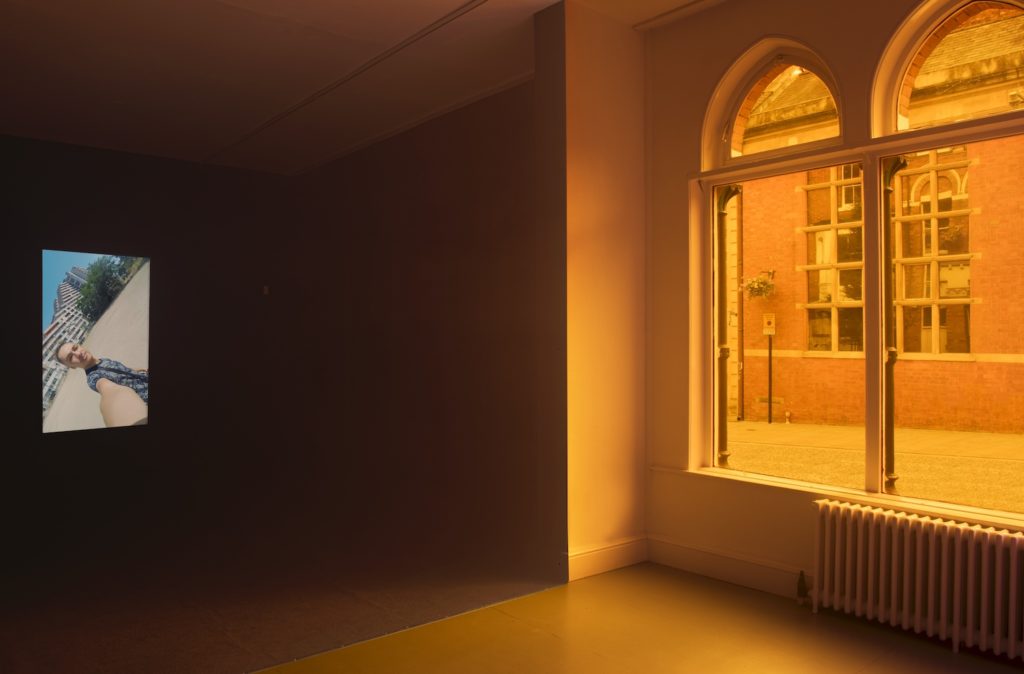
What dates should we put in our calendars?
In Feb we will run our open exhibition and in April we are planning a show as part of the reopening of the new museum complex, but right now all of 2019 is an important year – officially the future according to Blade Runner and Akira, we are really seeking to develop our CPD programme and utilise it to help us think about the new formation of NN Contemporary, as a site for public contemporary art in the present day, with all of its future connotations.
What or who are you really excited about?
So I guess now the dust has settled I can say that My fav pieces at Venice this year were the Ed Atkin’s, installation ‘Old Food’, Kahil Joseph’s ‘Black News’, and Tarek Atoui’s instrument installation. At this moment whilst I’m writing this I’m excited about Ryan Kuo, Viktor Timofeev and Vaginal Davis. I’m reading the Carceral Capitalism book by Jakie Wang and working on a project with an emerging Irish photographer called Deirdre Lewis that documents the wild mustang horses being ‘whispered’ by the incarcerated. I got very excited about the ‘Blue Life Seminar’ piece by American Artist because of the Watchmen/ Alan Moore (and inadvertently Northampton) reference. There’s a lot of great talent in Northampton, I’ve had amazing studio visits with Jonatan Alinbone & Annabelle Shelton, Sam Wadsworth & the NN Prize winner Alison Gosbee. I’m excited to get to know more of the artists and creatives of the region.

Whose work or what space would you most like to curate
Artists wise I guess I gave you a fairly big list. When I was in America I had the pleasure of meeting Brian O Doherty, and I really felt like I’d met one of my heroes. My dream list is long and includes artists such as Elizabeth Price, Jacoby Slaitherwiaite, John Afrokomah, Arthur Jaffa, Ian Cheng, theorists such as Keller Easterling. As for spaces I visited the San Francisco Art Institute a few years back and its gallery is the most incredible brutalist concrete space embedded in a really traditional 70s art school bay area vibe. I’m sure the reality of living and studying as an artist in San Francisco today must be in complete opposite to my romantic projection (with issues such as artist-led gentrification being particularly rife) but I remember thinking it was a really beautiful gallery. I just moved back to the UK this year and so recently visited the The Tate tanks, which was amazing, even the Kraftwerk complex in Berlin where they host Atonal has a particular drama that I enjoy, I have a concrete fetish for sure. These spaces are also great for sound, often and dark enough for new media, etc – which works for me.
What do we need to see more of in the East Midlands?
I’m just getting to know the Midlands, so it’s hard for me to comment, but more Contemporary Art is a good place to start and even more discourse around discovering what that means for the region specifically, by way of discussion/ publishing/ critique. I think there have been so many interesting movements across subcultures in these regions, and they are being romanticised and canonised by other cities in different countries. The amazing Russell Haswell is from Coventry, Slow Thai from Northampton. These artists spearheaded (or are spearheading) some remarkable movements across subcultural genres and sound tribes that is recognised internationally. I’m fascinated by the craft history of this region, but its cultural legacy remaining in a literal translation of object historically, rather than a deeper engagement with the symbolism of global export legacies, still needs some work, and this involves bringing in new voices, not traditionally from the industry, to meet with those of expertise. Creatives and Curators, who can bring new stories and perspectives to light. There is amazing social practice and community-led initiatives, that have helped shape and strengthen the British leadership in the field. I’m lucky enough to have Mel Jordan & Andy Hewit from Freeee as my neighbours, their practice of visual strategy across democracy and identification of the public sphere is vital work for cultural politics in the 21st century. We often talk about how if you want to do politics in Art, it needs to be in these regional spaces. I think there’s so much work to be done in connecting institution making to civic dialogues, how, in a town like Northampton, we can actually have traction through culture, how narratives of connection and industry, because we are in the East Midlands, means that we are positioned well to try out new ideas, to change old models and produce new definition of public space. All of these ideas are on the agenda for the next phase of NN Contemporary.

Emer was interviewed in August 2019.
All images are courtesy of NN Contemporary.
